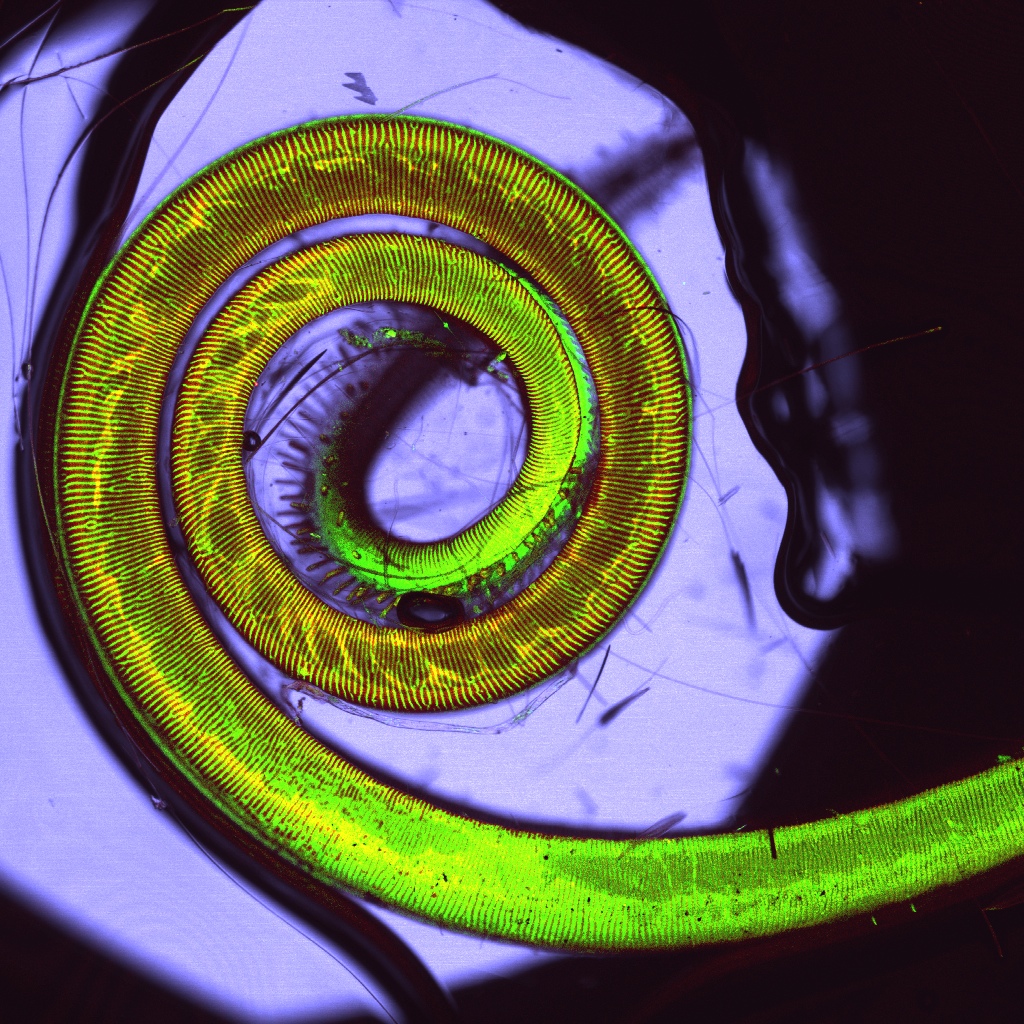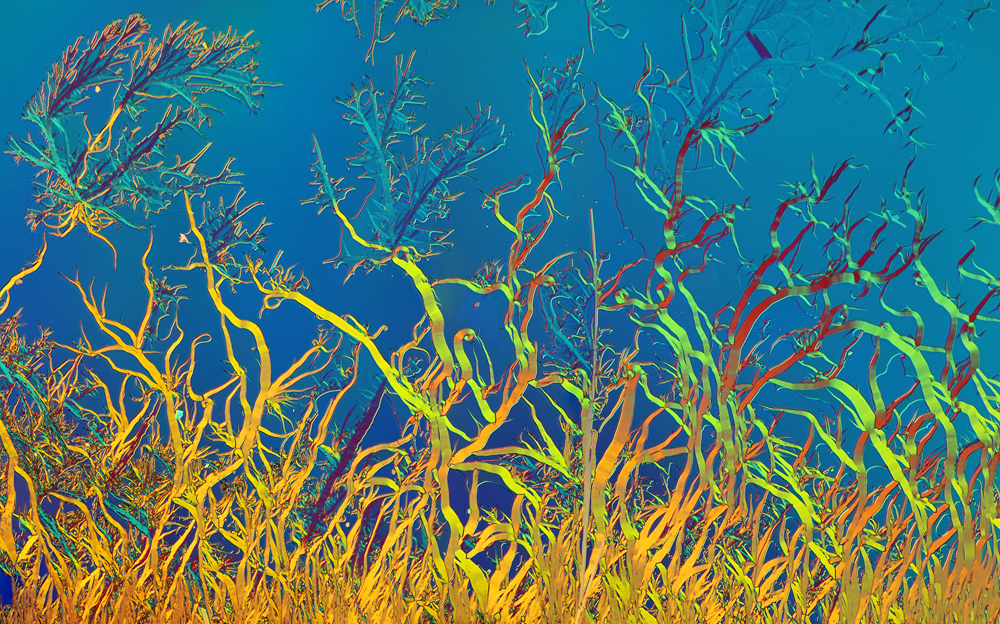Dewdrops & Butterfly Tongues: Tiny Worlds Come to Life in Microscope Photos

Pictures taken through a microscope have obvious value for scientists, but photomicrographs, as they are called, can be appreciated as objects of beauty in their own right.
This week, the camera-making company Nikon will announce the winners of its annual Small World Competition, which honors snapshots of amazing structures and organisms that are impossible to see with the naked eye.
The striking scientific subjects of this year's entrants include an excited neuron; the larva of a peanut worm; marbled dewdrops on a spider web; a butterfly's coiled tongue; the surprisingly colorful crystals that form in battery leakage; and a creepy cluster of fish eggs, which look like sacs of clear jelly, each stuffed with a pair of eyes. [See Microscopic Photos from the Small World Competition]

The winners of the 2013 contest will be revealed at 10 a.m. ET on Wednesday (Oct. 30). Nikon said its judges are looking for "originality, informational content, technical proficiency and visual impact."
Last year, a colorful image of the blood-brain barrier in a live zebrafish embryo took home 1st prize, while 2nd place went to a photograph of newborn lynx spiderlings. The year before, an up-close portrait of a green lacewing larva won top honors, followed by an amazing image of blade of grass magnified 200 times.
The contest was established in 1975 and is open to international entries from both professional and amateur photomicrographers. Nikon is only considering images that were taken using light microscopy. Acceptable techniques include phase contrast, polarized light, fluorescence, interference contrast, darkfield, confocal and deconvolution.
Winners will get credit toward the purchase of Nikon equipment, with the 1st prize worth $3,000.
Sign up for the Live Science daily newsletter now
Get the world’s most fascinating discoveries delivered straight to your inbox.
Follow Megan Gannon on Twitter and Google+. Follow us @livescience, Facebook & Google+. Original article on LiveScience.










